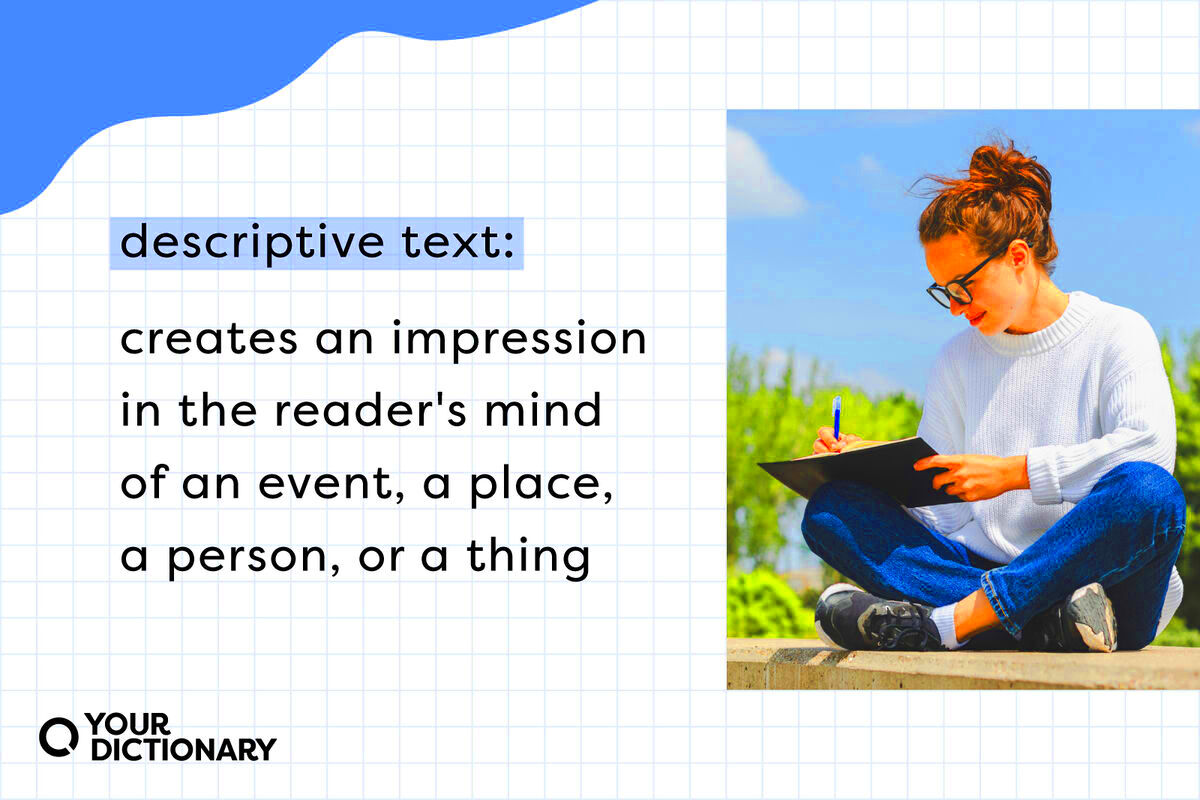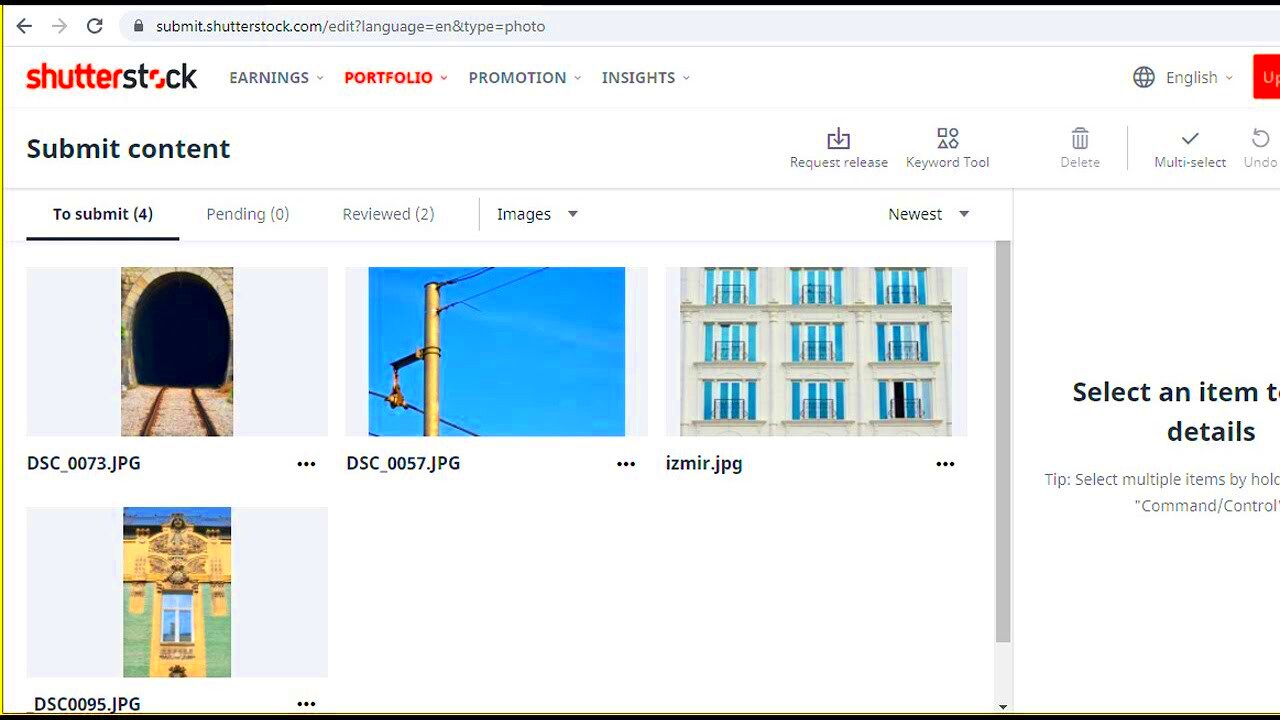Photo descriptions might seem like an afterthought, but they play a crucial role in how images are found and understood. Whether you're a photographer or a content creator, well-crafted descriptions can make a significant difference in the visibility and appeal of your work. Here’s why they matter:
- Boost Searchability: Descriptions help your photos appear in search results, making it easier for potential buyers to find your work.
- Provide Context: A good description gives viewers a better understanding of the image, enhancing their connection to it.
- Engage the Audience: Descriptive language can evoke emotions and tell a story, drawing viewers in.
- Meet Platform Requirements: Many stock photo platforms, including Shutterstock, have specific guidelines for descriptions that you must follow.
In short, investing time in writing effective descriptions can lead to greater visibility and sales for your photographs.
Identifying Key Elements in Your Photo Descriptions

To write a compelling photo description, it’s essential to identify and include key elements that resonate with your audience. Here are some critical components to consider:
- Subject: Clearly state what the main focus of the image is. This helps viewers understand what they’re looking at.
- Setting: Describe the environment or context where the photo was taken. This adds depth and can be particularly engaging.
- Emotion: Convey the mood or feeling of the image. This can help viewers connect on a personal level.
- Action: If applicable, describe what is happening in the photo. Action can be captivating and encourages viewers to imagine the scene.
- Keywords: Include relevant keywords that reflect the content of the image. This will enhance searchability on platforms like Shutterstock.
By focusing on these elements, you can create descriptions that not only inform but also engage and inspire your audience.
Also Read This: Organize Your Courses with Canva Class Schedule Template
Using Clear and Concise Language

When it comes to writing photo descriptions, clarity is key. Using clear and concise language helps your audience quickly grasp the essence of your image. Here are some tips to keep in mind:
- Avoid Jargon: Use simple language that everyone can understand. Avoid technical terms unless necessary.
- Be Direct: Get to the point. Clearly state what the photo is about without unnecessary fluff.
- Use Short Sentences: Break up long sentences to make your descriptions easier to read.
- Limit Adjectives: While adjectives can enhance a description, too many can overwhelm the reader. Choose a few impactful ones.
- Proofread: Always check your descriptions for grammar and spelling errors. A clean, error-free description boosts professionalism.
By keeping your language straightforward and engaging, you can ensure that your descriptions resonate with viewers and make your images more appealing.
Also Read This: Find the Best Templates with Canva How to Find Templates
Incorporating Relevant Keywords for Searchability

When you upload your photos to platforms like Shutterstock, using relevant keywords in your descriptions can greatly enhance their visibility. Keywords are the terms potential buyers type into search bars, and incorporating them thoughtfully into your photo descriptions can help your images stand out. Here’s how to effectively use keywords:
- Research Keywords: Start by researching what terms are popular in your niche. Use tools like Google Keyword Planner or Shutterstock's search feature to identify keywords that resonate with your target audience.
- Use Specific Phrases: Instead of generic terms like "nature," opt for specific phrases like "sunset over mountains" or "tropical rainforest." Specificity helps attract the right viewers.
- Place Keywords Naturally: Incorporate keywords into your descriptions where they fit naturally. Forced or awkward placements can deter readers.
- Include Variations: Use synonyms and related phrases. For example, if you have a photo of a "dog," you might also include "puppy," "canine," or "pet" as keywords.
- Don’t Overstuff: While keywords are essential, overstuffing your description can lead to poor readability and may even be penalized by search algorithms. Aim for a balanced approach.
By carefully choosing and incorporating relevant keywords, you can significantly improve the chances of your photos being discovered by the right audience.
Also Read This: Design Quotes Using Canva Quote Template
Engaging the Audience with Compelling Descriptions
Engaging your audience through compelling descriptions is a vital part of selling your photos. A good description can turn a casual viewer into a buyer by sparking interest and connection. Here are some ways to create engaging photo descriptions:
- Tell a Story: Use your description to tell a brief story about the moment captured in the photo. Share what was happening at the time, or convey the emotion behind the shot.
- Ask Questions: Posing questions in your description can provoke thought and invite viewers to imagine themselves in the scene. For example, “Can you feel the gentle breeze?”
- Use Vivid Imagery: Paint a picture with words. Use descriptive language that evokes sensory experiences, such as colors, sounds, and feelings.
- Highlight Unique Features: Point out what makes the image special. Whether it's a unique angle, an interesting subject, or a captivating color palette, draw attention to these details.
- Connect Emotionally: Use language that evokes emotions. Words that resonate on a personal level can make a significant impact, encouraging viewers to form a connection with your image.
When you engage your audience with your descriptions, you not only enhance their viewing experience but also increase the likelihood of sales.
Also Read This: How to Optimize Your Pictures for Shutterstock and Boost Visibility
Adhering to Shutterstock Guidelines for Descriptions
Every platform has its own set of guidelines, and Shutterstock is no exception. Adhering to their guidelines for descriptions can improve your chances of getting your images approved and sold. Here’s what you need to keep in mind:
- Character Limits: Shutterstock typically requires descriptions to be concise, often limited to 70-100 words. Make sure you stay within these limits to avoid rejection.
- Avoid Repetitive Content: Each photo description should be unique. Repeating phrases or content across multiple images can lead to penalties.
- Use Proper Formatting: Follow the suggested format provided by Shutterstock. This may include bullet points or specific styles for keyword inclusion.
- Be Honest and Accurate: Always describe what is actually in the image. Misleading descriptions can frustrate users and damage your reputation.
- Regularly Update Your Knowledge: Guidelines can change, so it’s essential to stay updated on Shutterstock’s latest requirements to ensure your descriptions remain compliant.
By following these guidelines, you can ensure that your images meet Shutterstock’s standards, increasing your chances of success in the competitive world of stock photography.
Also Read This: How to Download Images from Behance
Examples of Effective Descriptions in Action
Seeing examples of effective photo descriptions can really help you understand what works. Here are a few descriptions that stand out, each designed to engage potential buyers while following best practices:
| Photo Description | Why It Works |
|---|---|
| “A serene sunset over the tranquil lake, with vibrant orange and purple hues reflecting on the water's surface. Perfect for nature lovers and travel enthusiasts.” | This description sets the scene and evokes emotion by highlighting colors and feelings. It also targets specific audiences. |
| “A joyful family picnic in the park, featuring a diverse group of people enjoying food and laughter on a sunny day.” | This one tells a story and creates a visual scene. It’s relatable, appealing to families and event planners alike. |
| “A close-up shot of a bumblebee pollinating a vibrant flower, showcasing the intricate details of nature. Ideal for educational content and environmental campaigns.” | This description uses specific terms like “close-up shot” and “pollinating,” enhancing searchability while painting a clear picture. |
These examples illustrate how effective descriptions combine clarity, engagement, and the right keywords. By studying them, you can get ideas for crafting your own descriptions that capture attention and drive interest.
Also Read This: How to Scan Telegram QR Codes to Add Contacts
Frequently Asked Questions About Writing Photo Descriptions
Writing photo descriptions can raise some questions, especially if you’re new to stock photography. Here are some common queries and their answers:
- What length should my descriptions be?
Aim for 70-100 words. This range is typically preferred by platforms like Shutterstock. - How do I find the right keywords?
Research popular terms related to your photo's subject using tools like Google Trends or the Shutterstock search bar. - Can I use the same description for multiple photos?
No, each description should be unique to avoid penalties. Tailor each description to reflect the specifics of the image. - What should I avoid in my descriptions?
Avoid jargon, unnecessary fluff, and misleading information. Keep it clear, honest, and engaging. - How important are keywords?
Very important! Keywords help your photos show up in searches, making them easier for potential buyers to find.
By addressing these frequently asked questions, you can gain confidence in your ability to write effective photo descriptions that meet the needs of both platforms and audiences.
Conclusion: Summarizing the Essentials of Photo Descriptions
Writing effective photo descriptions is an essential skill for anyone in the photography business. Let’s recap some key points to remember:
- Understand the Importance: Good descriptions enhance searchability and provide context for your photos.
- Identify Key Elements: Include the subject, setting, emotion, action, and relevant keywords to create a comprehensive description.
- Use Clear Language: Keep it simple and direct to ensure your audience understands your message quickly.
- Incorporate Keywords: Research and use relevant keywords naturally to improve your photos’ visibility.
- Engage the Audience: Use storytelling and vivid imagery to connect emotionally with your viewers.
- Follow Guidelines: Adhere to platform-specific guidelines to enhance your chances of success.
By applying these principles, you can create compelling photo descriptions that not only attract attention but also drive sales. Happy writing!
